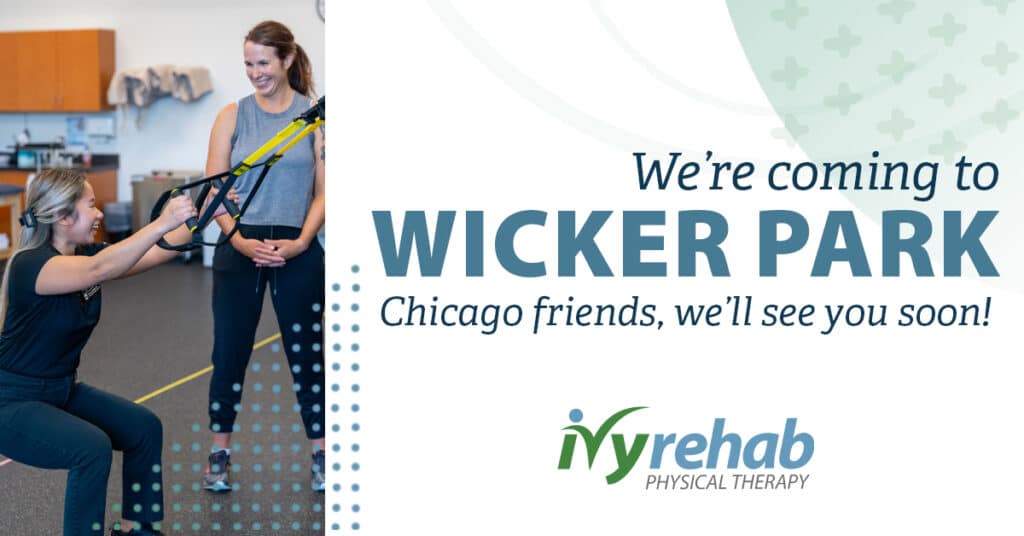As a clinician who frequently treats infants with torticollis, I’ve witnessed how the diagnosis can often be scary and uncertain for parents. Understanding pediatric Torticollis is key to preventing and treating this seemingly frightening condition. Here’s what you need to know about infant torticollis:
1. What is Torticollis?
Torticollis is the shortening of the neck muscles, which attach from the skull to the front of the neck such as the upper trapezius, scalenes, levator scapulae, and the sternocleidomastoid muscle. In infants, this shortening causes their head to tilt toward and rotate away from the side of the affected muscle over time. It is typically classified as positional, structural, traumatic and neuromuscular.
2. What are the Causes?
Although the exact cause is unknown, the most often cited cause for torticollis is ‘positional’ such as in utero and post utero.
3. What are the effects?
Over time, torticollis leads to activity limitations such as:
- difficulty keeping head in midline
- asymmetry of reflexes, neglect of the hand (on the same side of torticollis)
- decreased visual awareness of the visual field (on the same side as torticollis)
- possible interference with the symmetric development of head and neck reactions
- possible delayed and interfered rolling to the side
4. How can it be treated?
Early intervention and parent education is the key to success in physical therapy. When an infant comes in for an evaluation, the physical therapy focus is to successfully educate the parents on the diagnosis, plan of care, home program and goals of physical therapy.
5. What can I do?
Close monitoring and frequent follow up appointments with the referring pediatric orthopedic doctor or pediatrician reassures parents that the condition is not worsening. This also allows close monitoring of the infant for any delays throughout the developmental phases. With physical therapy intervention, pediatric patients with cervical restrictions can regain full range of motion and function, allowing them to successfully hit their developmental milestones!
Here’s the point…
The good news when it comes to pediatric torticollis, and to be emphasized with parents, is that physical therapy intervention can help normalize cervical and shoulder range of motion in addition to addressing tight muscles through positional stretching. Proper positioning of the infant while playing, in their car seat and during feedings can help facilitate symmetrical postural responses and increased use of the upper extremity. Positional exercises such as stretching with wedges and tummy time can also help minimize asymmetry in spontaneous movement preferences.
So if you have questions or want more information about our pediatric physical therapy program, including treatment for torticollis, request an appointment here and speak with one of our physical therapists.
Lauren DeSio, PT, DPT
Ivy Rehab in White Plains, NY




